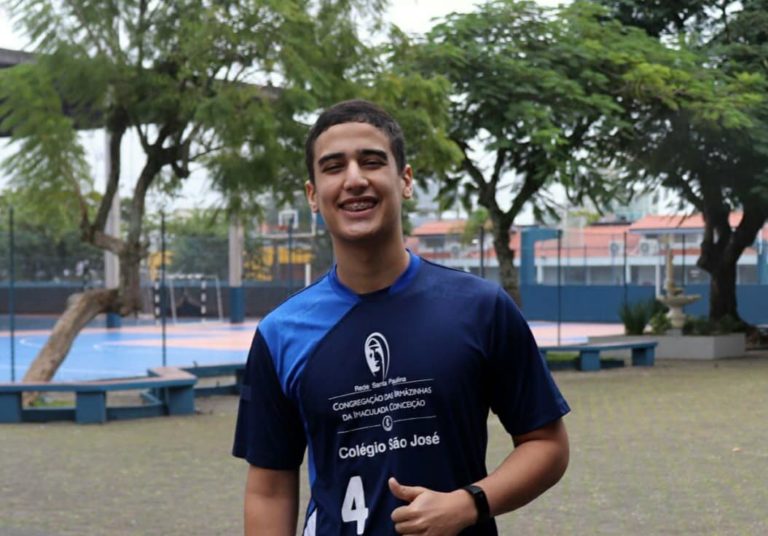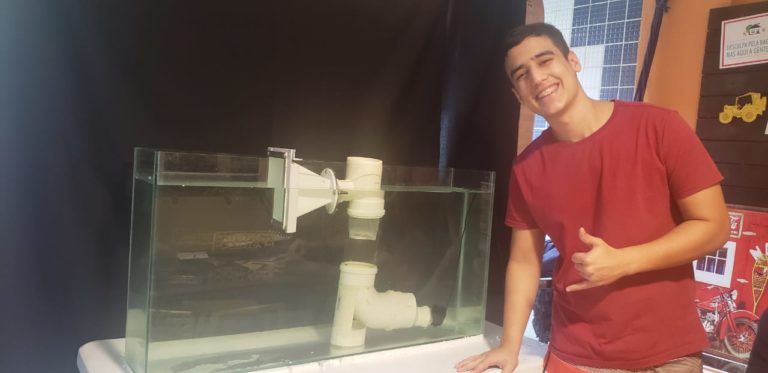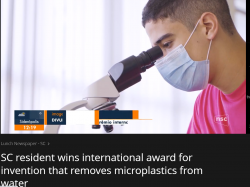heading

Hi, I’m Gabriel Fernandes, I’m a 16-year-old- high school student from Brazil. Since I was a child, I liked to build inventions with my grandpa, we built a lot of things, and this was important to me because it helps me to become who I am. The idea of my project came from a necessity to solve the problem of microplastics on water, specially treated water, for this I developed a filter for microplastics for Treatment Plants. The filter shows a big efficiency on labs tests, reaching 80% os efficiency in our tests and removing microplastics even smaller than 300µm.
Tell us what the water concern in your country is!There are several concerns about water in my country, due to its wide territorial extension and diversity.Some people do not have drinking water to consume, in some places the water is not treated as it should and reaches up to the final consumer dirty and polluted.
This is what I think is one of the solutions for a sustainable future:Science is the key to a sustainable future; it is through it that we'll get the answers for tomorrow. Science will allow us to reach renewable energy sources, allow us to clean our water resources and more. That is why it is necessary to invest in science.

Development of a microplastic retention mechanism in water treatment plants (WTPs)
Microplastic contamination is growing in the environment, given the ubiquity of plastic materials in our society’s daily lives. Studies have found these microparticles in water treatment plants that do not have a specific mechanism for removing this pollutant, which results in their presence in the Water Distribution System, therefore, distributing to consumers. The purpose of this project is a solution to this demand, as developed of microplastics filtration mechanism, easy to use and accessible because of the low-priced materials, to apply in the WTPs. The system was built and tested to simulate the conditions of this environment. The simulations demonstrated the effectiveness of the designed filter, the filter achieved 80% of efficiency, and it retrains particles even smaller than 300µm.


